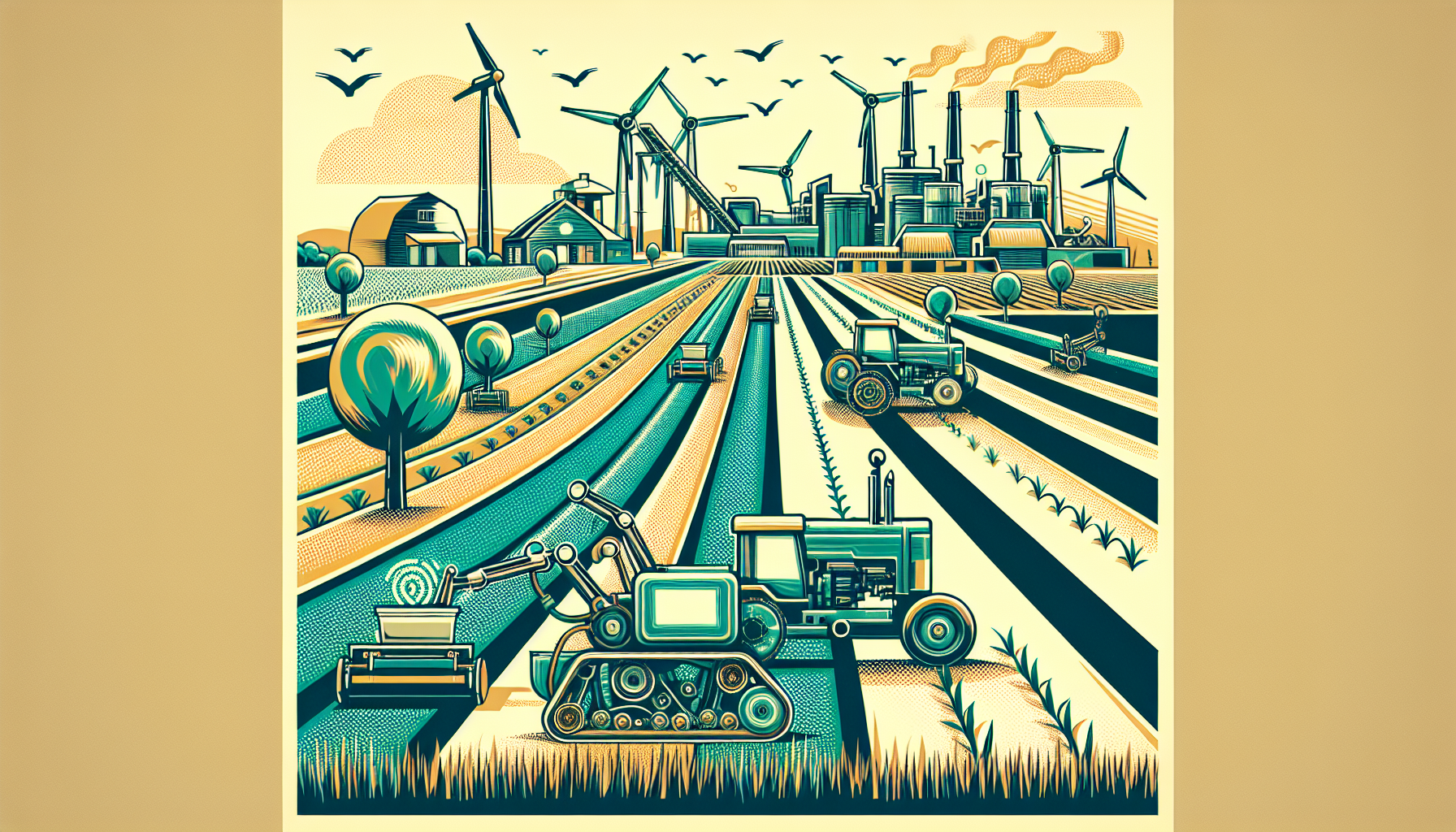The world of farming is evolving, and at the heart of this transformation lies Artificial Intelligence (AI). With its introduction into agriculture, AI is reshaping how farmers work, boosting efficiency, productivity, and sustainability in profound ways. Let’s explore some of the groundbreaking changes AI is bringing to the agricultural landscape.
Optimizing the Use of Resources
AI is pivotal in fine-tuning how resources like water, fertilizers, and pesticides are used. By intelligently analyzing soil conditions, weather patterns, and the health of crops, AI ensures these resources are applied exactly where they’re needed. This precision reduces costs, increases yields, and lessens the environmental footprint.
Automating Farm Work
AI-driven robots and drones are revolutionizing labor-intensive tasks such as planting, weeding, and harvesting. These machines perform with exceptional accuracy and efficiency, helping to cut down labor costs and elevate overall productivity. Eco-friendly practices are also supported, as these technologies often use less water and fewer chemicals.
Monitoring Crop Health
Leveraging AI for crop health has become a game-changer. Technologies like drones and image recognition provide an in-depth look into crop conditions, distinguishing signs of diseases, pests, or nutrient deficits early on. Prompt detection means farmers can take swift action, reducing losses and lowering the reliance on pesticides.
Precision in Farming
The era of precision agriculture has arrived, powered by AI. By processing vast data sets, AI can tailor specific treatments for different areas of a farm. This involves precise watering, specific fertilization strategies, and the targeted use of pesticides. These tailored interventions result in higher yields and less environmental harm.
Predictive Power and Weather Insights
AI excels in forecasting trends like weather changes and market demands. By analyzing historical weather data and climate models, AI offers accurate weather predictions and valuable insights. Such knowledge helps farmers plan better, adapt to adverse weather, and make informed decisions on planting and harvesting schedules.
Real-Time Farm Management
AI enables continuous monitoring of critical farm factors like crop growth, soil moisture, and weather conditions. With AI-powered sensors and drones, farmers receive real-time data, allowing them to act quickly and reduce risks related to unpredictable weather scenarios.
Boosting Yields and Adapting to Climate Change
AI equips farmers with tools to optimize growing conditions and foresee crop behavior, resulting in higher yields and improved climate resilience. Field trials have shown a 15% increase in crop yields and a 20% reduction in losses from extreme weather, thanks to AI-powered solutions.
Advancing Vertical Farming
In vertical farming, AI is instrumental in refining climate control, task automation, and crop behavior prediction. AI monitors elements like temperature and humidity, ensuring consistent growth and quality. Automated systems manage irrigation and fertilization, boosting efficiency while easing labor demands.
Economic and Environmental Gains
AI’s role in agriculture translates into significant economic and environmental benefits. With higher yields and fewer losses, farm incomes rise. Furthermore, smarter resource use and reduced chemical application foster sustainable practices, promoting global food security and farming resilience in the face of climate change.
In essence, AI is a powerful ally in revolutionizing agriculture, driving it towards greater efficiency, productivity, and sustainability. From resource optimization and task automation to predictive insights and real-time management, AI is reshaping how we farm. As challenges like climate change and resource shortages loom, the pivotal role of AI in sustainable farming practices will only expand.

Leave a Reply